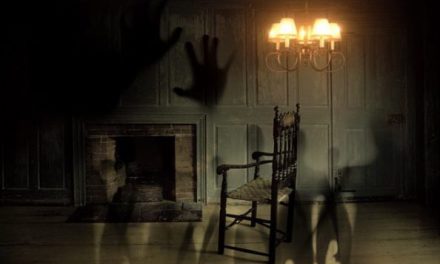Shopping malls used be places where people went to buy groceries, household items, clothing, shoes, accessories, toys, or indulge in movies, ice-cream and fast food. However, with the ever-increasing amount of commercial retail properties cropping up in recent years, and stiff competition among shopping malls, retailers have been prompted to think of more creative and lucrative ways to utilize their retail space, increase profits and attract visitors.
Pop-up Stores
Pop-up stores are becoming increasingly popular among brands, consumers and landlords. The benefits are three-fold, as they all stand to benefit from it. Pop-up stores usually take up empty retail space for a short period – usually 1 to 3 weeks – for brands to showcase and promote new launches or collections, as well as sell exclusive or limited edition merchandise. Landlords are able to fill up a vacant space on short term basis and increase traffic. Customers will be attracted to visit the pop-up store to view and purchase special items that are otherwise unavailable. A pop-up store can take an otherwise empty or dark location and turn it into a vibrant space that drives traffic and spurs future leasing activity.
Examples: Tokidoki pop-up store in Fahrenheit88, Superdry pop-up store in Avenue K
Medical Clinics
Medical or dental clinics are occasionally, but not very often, seen in retail malls. This is due to the fact that lease conditions may prevent landlords from allowing certain medical uses, such as emergency clinics and dialysis clinics because these tenants need to handle biohazardous materials or medical waste, and thus subject to strict health requirements. However, general outpatient clinics, dentists, and cosmetic centers can prove to be financially beneficial to retail centers, as they are able to cater to a wider demographic and thus drive traffic to the location.
Examples: SunMed Clinic at Sunway Pyramid, Pristine Dental at Midvalley and Empire Shopping Gallery Subang Jaya
Government and Non-Profit Organizations
More government agencies and non-profit organisations are leasing non-traditional spaces in retail malls and shops. Community police departments, social service agencies, and even national registration offices lease spaces in shopping malls to offer ease of access and convenience to the public. Besides that, some malls or retail shops may offer lease space for free to non-profit organisations, both to increase goodwill and ensure tenancy in otherwise empty lots.
Examples: Police kiosk at The Curve, Immigration Department of Malaysia office in Greenpoint, Kulaijaya
Traditional Office Tenants
Service retail uses have been introduced to shopping centers in recent years, including financial service centers (mutual funds), insurance companies, and banking service counters. Although not strictly ‘retail’ in nature, these tenants offer the convenience of traditional office services within the comforts of a mall, thus fulfilling the demand for fast and fuss-free transactions.
Examples: insurance companies, banks, financial service centers
Special or Annual Events
Many malls offer temporary rental of large vacant spaces for annual celebrations, special promotional events, or exhibitions. Others have smaller spaces for themed fairs, flea markets or sales. Specialty leasings such as those for holiday retailers (Chinese New Year, Hari Raya, Deepavali, Christmas, etc) and big-scale promotional events (Parents’ Day, movie launch, product showcase, tourism events, etc) are also commonly seen in shopping malls. These events are good rental opportunities for landlords, and provide tenants maximum exposure to their target audience within a short period of time.
Examples: Minions Invasion event at Mid Valley, Christmas Wonderland at 1 Utama, KL Fashion Week at Pavilion
Gym and Fitness Centres
For health and fitness enthusiasts, working out has never been more convenient, due to the fact that gyms and fitness centers are sprouting up in shopping malls. These tenants often take up large retail space as anchor tenants, and their clientele also caters to other similar health and exercise businesses, making them ideal to attract a certain demographic and others as well.
Examples: Celebrity Fitness, Fitness First, Chi Fitness, Jatomi Fitness
Open-Concept Outlets and Booths
Food and beverage outlets are often seen to occupy space in the middle of wide walkways or open spaces at shopping malls. The trend of open-concept stores seems to be taking off everywhere, as they are smaller than the usual retail lots, lower rent, and high visibility. Open-concept F&B outlets typically have a compact open-kitchen design and less than a dozen seating options, while booths or stalls offer niche or specialty items that require little space to display and sell.
Examples: Chatime, Milkcow, Häagen-Dazs, accessory booths, snack stalls

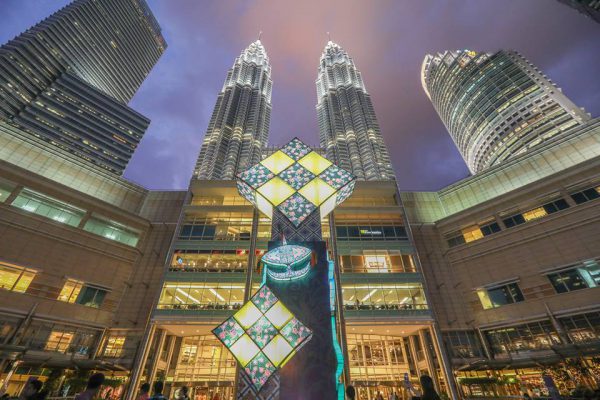
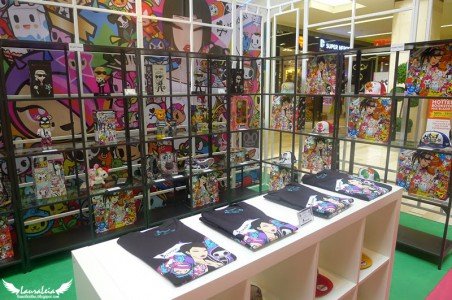

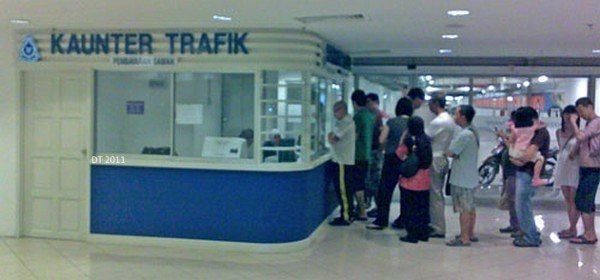

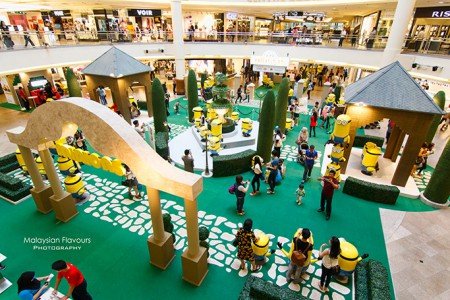


![[Infographic] How To Prevent Robbery When Away From Home](https://insight.estate123.com/wp-content/uploads/2018/07/prevent-robbery_31340022-e1531196567966-440x264.png)
